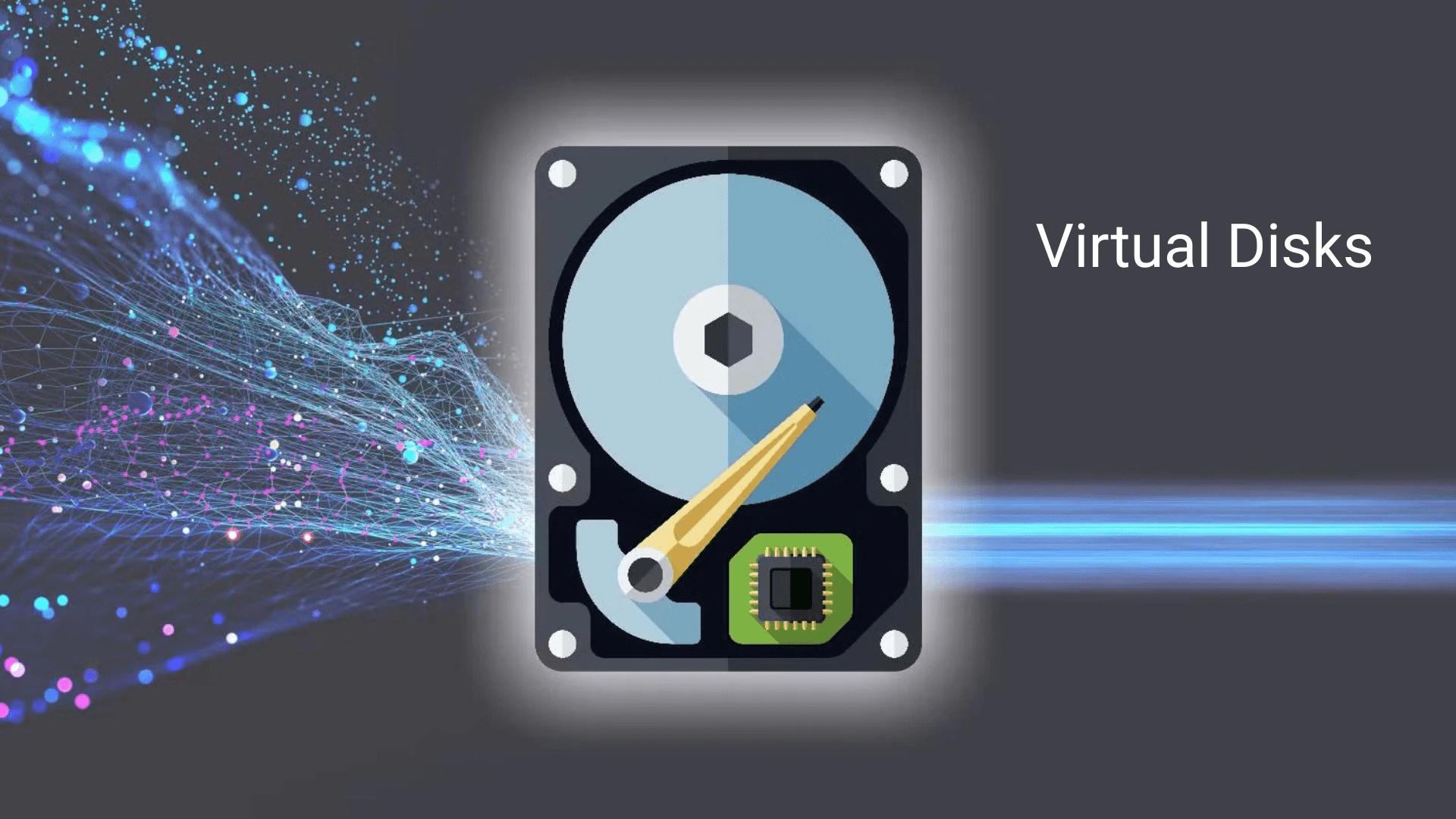
Reduce Disk Usage and Optimize Virtual Disks
Virtual machines (VMs) are the backbone of modern IT infrastructure, but over time, their virtual disks can become overloaded, leading to performance degradation and wasted storage. Optimizing virtual disk usage is essential for maintaining efficiency, improving performance, and saving storage costs. In this blog, we’ll explore practical strategies to reduce disk usage and optimize virtual disks.
Reducing disk usage and optimizing virtual disks is not just about saving storage; it improves VM performance, reduces costs, and enhances overall infrastructure efficiency. By regularly cleaning, shrinking, monitoring, and managing virtual disks, you can maintain a lean, high-performing virtual environment.
How to Reduce Disk Usage and Optimize Virtual Disks

- Understand Virtual Disk Types
Before optimizing, it’s important to know the type of virtual disk in use:
- Thick Provisioned Disks: Allocated with the full size upfront. They take up space immediately but can be more predictable.
- Thin Provisioned Disks: Grow dynamically as data is written. They save storage but can become fragmented over time.
Knowing your disk type helps decide which optimization methods are applicable.
2. Clean Up Unnecessary Files
One of the simplest ways to reduce disk usage is by cleaning up unneeded files:
- Delete temporary files: OS temp folders, browser caches, log files.
- Uninstall unused applications: Remove software that is no longer needed.
- Remove old snapshots: Snapshots consume space and can impact VM performance.
- Clear logs and backups: Move older backups to external storage if not immediately needed.
On Linux, you can use commands like:
sudo apt-get clean # Clears downloaded package cache
sudo rm -rf /tmp/* # Clears temporary files
On Windows
you can use the built-in Disk Cleanup utility or PowerShell scripts to remove temporary files, system caches, and other unnecessary data to free up disk space.
3. Shrink Virtual Disks
Most hypervisors allow virtual disks to be compacted or shrunk after cleaning unused space:
- VMware: Use the “Compact” feature in VMware Tools or the vSphere client.
- Hyper-V: Use “Edit Disk” > “Compact” option in Hyper-V Manager.
- VirtualBox: Use VBoxManage modifyhd
–compact.
Steps to shrink safely:
- Clean the disk inside the VM.
- Defragment the disk (for Windows).
- Zero out free space using tools like sdelete (Windows) or zerofree (Linux).
- Compact the virtual disk using the hypervisor’s tool.
4. Use Disk Optimization Tools
Disk optimization tools help reclaim space and improve performance:
- Windows: Defragment and Optimize Drives, sdelete.
- Linux: fstrim for SSDs, e4defrag for ext4, zerofree.
These tools remove unnecessary data and ensure that the virtual disk is organized efficiently.
5. Convert and Resize Virtual Disks
Sometimes, converting disk types or resizing them helps optimize storage:
- Convert thick to thin provisioned disks to save space.
- Increase disk size if running out of space, then shrink unused blocks.
- Split large disks into smaller, more manageable volumes for better performance.
Always take a snapshot or backup before performing disk conversion or resizing.
6. Monitor Disk Usage Regularly
Ongoing monitoring ensures disks don’t become overloded again:
- Set alerts for disk usage thresholds.
- Use hypervisor tools or scripts to track space consumption.
- Schedule periodic disk cleanup and optimization tasks.
7. Best Practices for Virtual Disk Management
- Use thin provisioning for most VMs to save storage.
- Avoid keeping multiple snapshots for long periods.
- Regularly clean temporary files and logs.
- Schedule disk optimization and compaction at off-peak hours.
- Consider separate disks for OS, applications, and data to simplify management.







